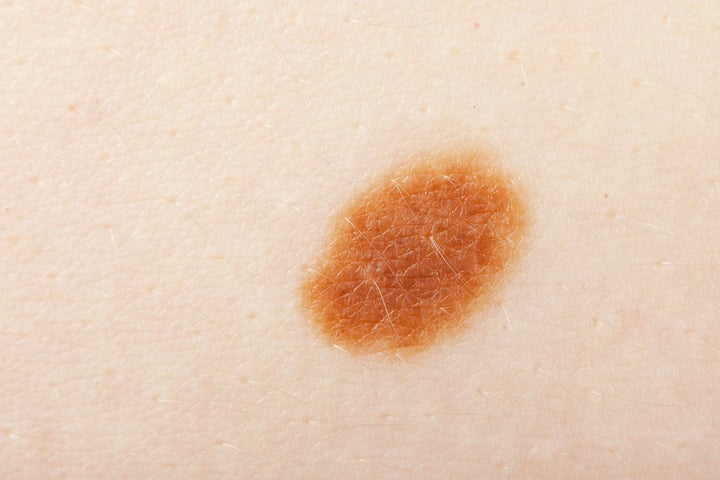Regardless of whether it’s summer or winter, it’s never a bad time to check your moles – especially if you’ve forgotten to wear sun cream once or twice.
Changes to a mole or freckle can be a sign of skin cancer, one of the most common types of cancer in the UK. Dr Anjali Mahto, consultant dermatologist and British Skin Foundation spokesperson, advises people to do a skin self-exam on a monthly basis – and chances are for many this will be long overdue.
“The purpose of this is to detect unusual growths or changes early,” she tells HuffPost UK. “The ideal time is probably after a bath or shower and should be carried out in a well-lit room with the aid of a full length mirror.”
She says it’s important to look closely at the entire body including the scalp, buttocks and genitalia, as well as the palms and soles including the spaces between the fingers and toes. In hard-to-see areas, it might be useful to seek help from a close relative, friend or partner.

What are the signs of a dodgy mole?
“The acronym ABCDE can be extremely helpful in evaluating moles,” Dr Mahto continues. “If a mole shows any of these features, it warrants review by a dermatologist to exclude melanoma, the most serious type of skin cancer.”
Asymmetry: where one half of the mole is different to the other.
Border: a mole with an irregular, scalloped or poorly defined edge.
Colour: uneven colour or variable colours within a mole.
Diameter: the mole is bigger than 6mm in size.
Evolving: the mole is changing in its size, shape or colour.
Other signs to look out for include any new moles, a mole that looks significantly different to the others (known as the “ugly duckling” sign), or any skin lesion that bleeds or fails to heal. With new moles, Dr Mahto adds, you should be particular vigilant for those that fit into ABCDE or one that is an “ugly duckling”.
When to seek help
Ultimately, if you have any concerns about your moles then you should seek medical advice early, either visiting your GP or a dermatologist. It’s likely you’ll undergo a full skin examination and the medical professional “may go on to either excise a mole or take a sample or biopsy of any unusual growths or patches on the skin”.
If you’re still unsure whether you need to see someone, use the NHS tool below.
